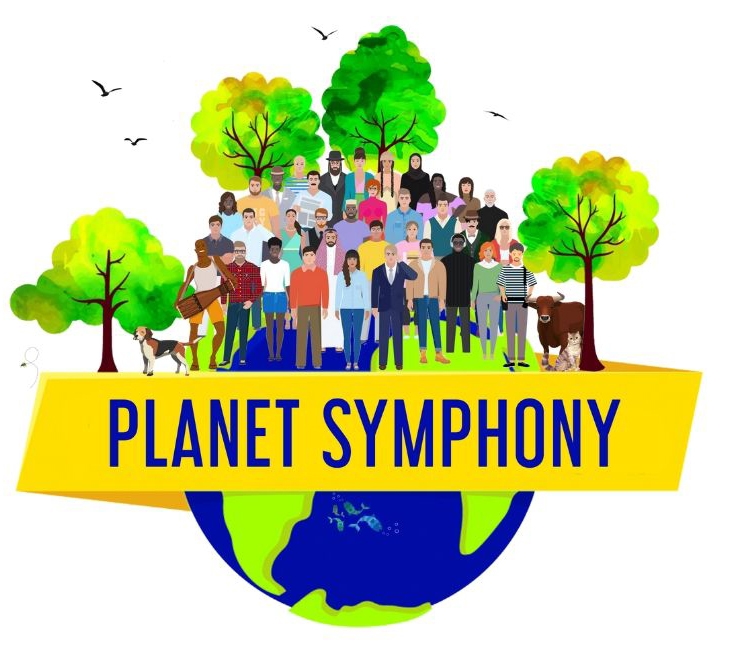Courses, residencies, workshops and lectures have been conducted at various levels which have given participants a holistic view of “Melody, Harmony & Melharmony” in various cities/institutions including:
- Summer College Credit Course at Eastman School of Music, Rochester NY in August 2015 by Prof Robert Morris and Ravikiran
- Arts Wisconsin’s 4-week course in Madison, WI, in uly 2014 for Strings, Woodwind, Brass and Piano/Keyboard by Steve Kurr and Vanitha Suresh
- Melharmony residency 2015-16 by Ravikiran for Middleton and Sun Prairie School Districts, WI (See video)
- Lectures in numerous venues such as University of Colorado, Boulder, University of Georgia etc.
Course Topics/Modules
While courses vary based on their relevance to participants (professional level musicians/composers/academicians – Beginners, Intermediate and Advanced level collegiate and high school students/ music aficianados), they will draw from the topics below:
Essentials
- Similarities between diverse music systems such as Western and Indian Classical
- Contrast between melody-centric and harmony-centric approaches – making successive vs simultaneous combinations work successfully
- Understanding melody-centric approach through Raga (scale/mode)
- ABCD of Melharmony – harmony with melodic rules – harmony with melodic rules
- Triadic Harmony, Ostinato, Imitation etc in the Melharmonic context
- Possible chords vs appropriate chords based on melodic rules
- Arranging simple melodic pieces Melharmonically
- Composing original pieces applying Melharmonic principles
Extras
- Ornamentation and oscillations in ragas
- Simple melodic exercises in a few modes/ragas
- Introduction to the concept of Cyclic Rhythm (Tala)
- Rhythmic patterns and pulsar intricacies that can enrich compositions
- Melharmony – Scope
- How does Melharmony enrich harmony-centric systems
Exercises
On the above including composing and arranging exercises
Execution
Rendering simple melharmonic pieces (esp. for groups/ orchestras)
